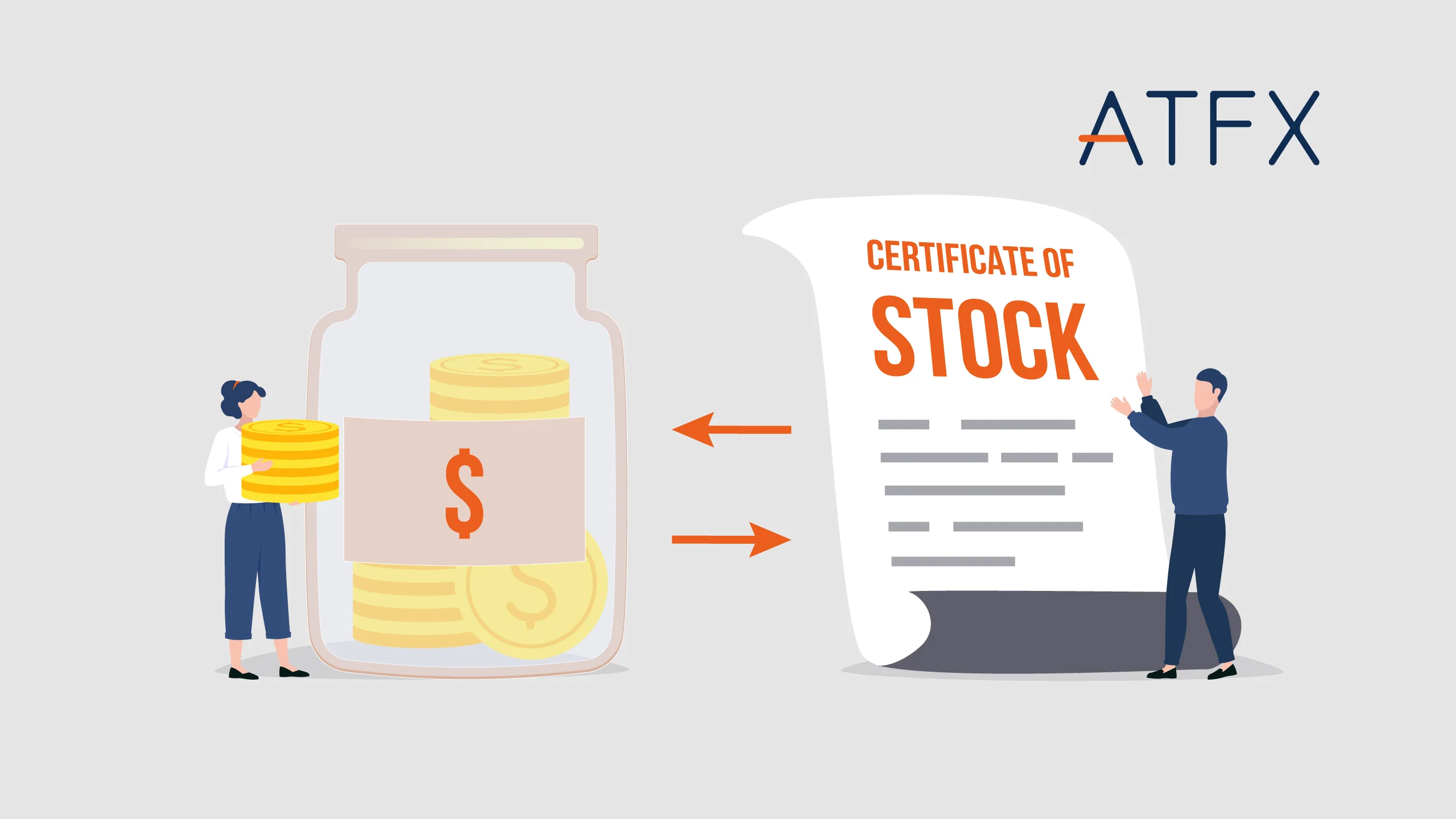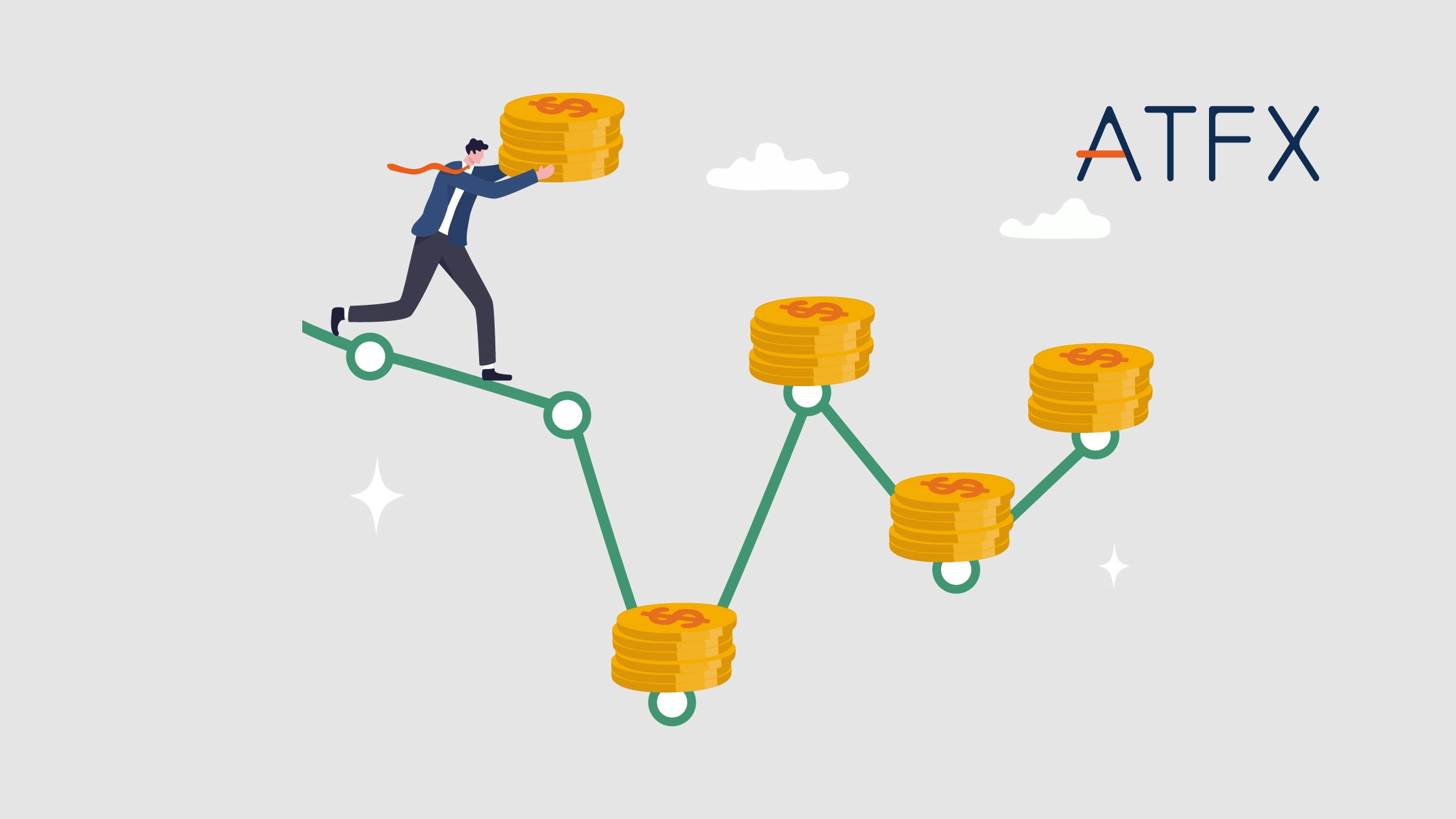Table of Contents
- What are Preference Shares?
- 4 Types of Preference Shares
- Pros and Cons of Preference Shares
- Preference Shares vs Common Shares
- Understanding Dividends in Preference Shares
- The Risks of Preference Shares
- Who Should Invest in Preference Shares?
1. What are Preference Shares?
Preference shares, commonly known as preferred stocks, are an interesting hybrid between debt and equity securities. They offer features from both worlds, serving as a unique financing tool for companies while providing certain benefits to shareholders.
Preferred shareholders enjoy a superior claim over the company’s earnings and assets compared to common shareholders. Their superiority comes in two forms: dividends and liquidation priority. First, preferred shareholders have the right to receive a fixed dividend before common shareholders receive any dividends. This dividend can be a fixed amount or a percentage of the par value of each share.
Second, in the event of a company’s liquidation (such as bankruptcy), preferred shareholders have a higher priority on the company’s assets after meeting debt obligations. However, it’s important to note that they are still below debt holders, like bondholders.
While preference shares offer these advantages, they often do not have voting rights. This means preference shareholders, unlike common shareholders, typically cannot vote on company matters, including director appointments or other corporate policies. However, some companies may issue voting preferred shares, which confer voting rights.
Real-Life Example & Figures
A practical example is the case of Ford Motor Company during the financial crisis in the late 2000s. To raise capital and avoid bankruptcy, Ford issued a series of preferred shares with a 6.5% dividend. This meant that every preferred share an investor bought was guaranteed a 6.5% return on the initial investment every year in the form of dividends. Ford raised substantial funds through this preferred share issue, helping the company navigate the financial crisis.
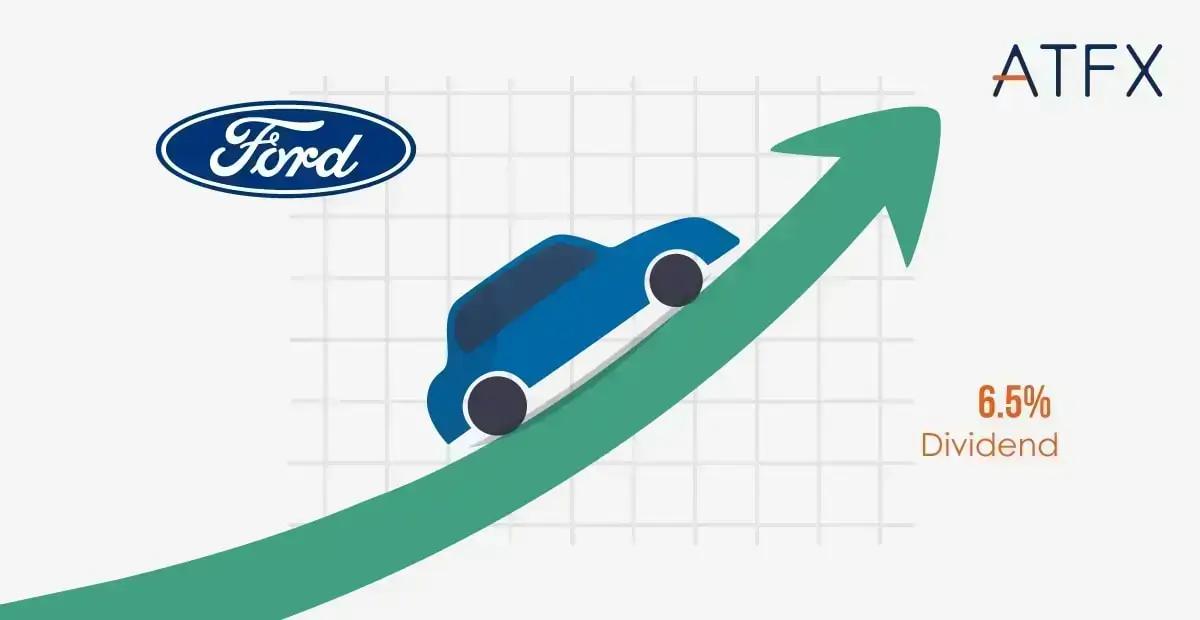
2. 4 Types of Preference Shares
Preference shares can be categorized into four main types, each with its own unique set of features that cater to the varying needs of investors and the issuing companies:
A. Cumulative Preference Shares:
Holders of cumulative preference shares are entitled to an accumulation of any dividends missed due to a company’s inability to pay. If the company misses a dividend payment, the amount is cumulated and paid out before any dividends to common shareholders are considered in subsequent years.
B. Non-cumulative Preference Shares:
Unlike cumulative preference shares, non-cumulative ones do not accumulate unpaid dividends. If a company decides not to pay a dividend in any given year, the shareholder’s right to receive that dividend is forfeited.
C. Participating Preference Shares:
Shareholders with participating preference shares have the right to a fixed dividend and also an additional dividend if the company achieves certain predetermined financial goals. This additional dividend allows the shareholder to “participate” in the company’s success beyond the fixed dividend.
D. Convertible Preference Shares:
These shares give the holder the ability to convert their preferred shares into a fixed number of common shares after a predetermined period. This option allows for potential growth in value if the company’s common shares increase in worth.
Real-Life Example & Figures
A real-world example of the use of convertible preference shares is the case of Google’s parent company, Alphabet Inc. In 2013, the company issued Class C capital stock (effectively acting as preference shares), which came with no voting rights but could be converted into Class A shares, which do have voting rights. The Class C shares were initially priced at a discount to reflect the lack of voting rights. However, holders could choose to convert them into Class A shares at any time, potentially benefiting if the price of Class A shares rose significantly.
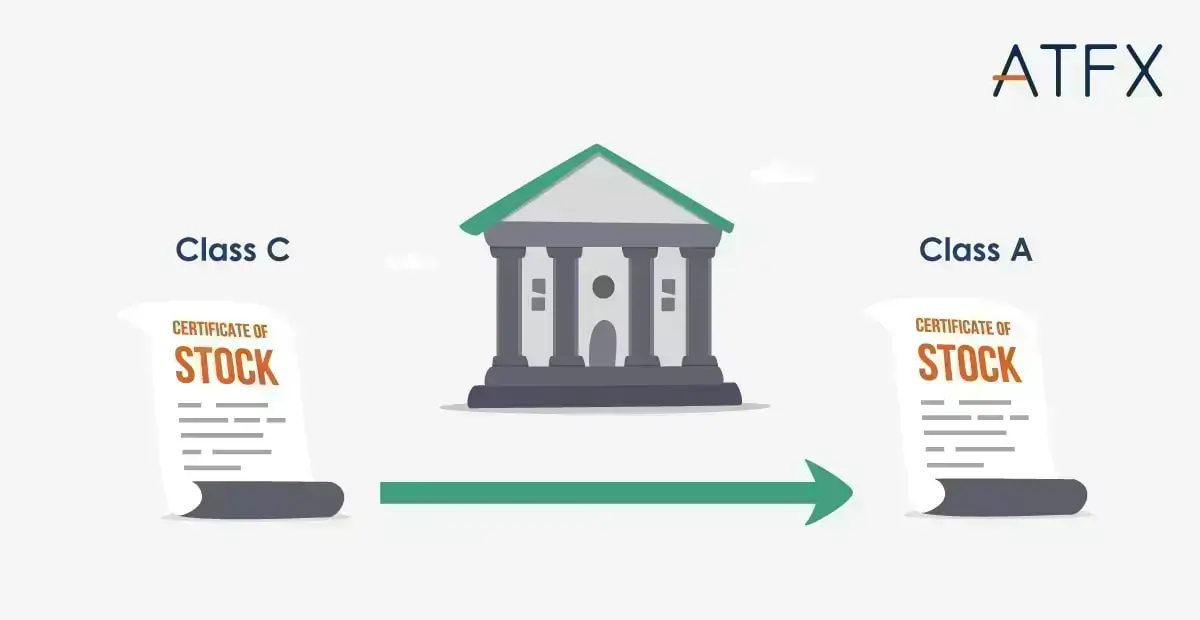
Learn also: How to pick a stock
3. Pros and Cons of Preference Shares
Preference shares offer several benefits, both for investors and the issuing companies:
A. Benefits for Companies
Flexibility in capital structure:
Preference shares offer a way to raise capital without taking on additional debt or diluting the control of existing common shareholders. They can particularly benefit companies during their growth phase, where they need capital but they cannot yet generate consistent profits to service debt.
Attracting conservative investors:
Preference shares can attract investors looking for a stable income source, typically through regular dividends. They may also appeal to investors who would otherwise invest in bonds or other fixed-income securities.
B. Benefits for Investors
Higher claim on earnings and assets:
Preference shareholders enjoy a superior claim over the company’s earnings (through dividends) and assets (in case of liquidation) compared to common shareholders.
Fixed dividends:
The dividends for preference shares are usually fixed, offering a predictable income stream.
However, preference shares are not without their drawbacks:
C. Drawbacks for Companies
Obligatory Dividend Payments:
Companies are required to pay dividends to preference shareholders before distributing any dividends to common shareholders. This can strain the company’s cash flow, especially during challenging financial periods.
D. Drawbacks for Investors
Limited upside potential:
Unlike common shares, which can potentially benefit from unlimited dividends if the company’s profits rise, the dividends on preference shares are usually capped at a fixed amount.
Lack of voting rights:
Preference shareholders typically do not have voting rights in the company. However, some types of preference shares do offer voting rights, but this is less common.
Real-Life Example & Figures
An example of a company using preference shares effectively is the multinational conglomerate Berkshire Hathaway. In 2008, during the financial crisis, Warren Buffet’s Berkshire Hathaway invested $5 billion in Goldman Sachs’s preferred stock. This investment came with a substantial 10% dividend, providing Goldman Sachs with crucial capital. In turn, Berkshire Hathaway enjoyed a consistent and significant return.
| Benefits | Drawbacks | |
| For Companies | – Flexibility in capital structure | – Obligatory Dividend Payments |
| – Attracts conservative investors | ||
| For Investors | – Higher claim on earnings and assets | – Limited upside potential |
| – Fixed dividends | – Lack of voting rights |
4. Preference Shares vs. Common Shares
| Preference Shares | Common Shares | |
| Dividends | Fixed and usually cumulative dividends | Variable dividends, not guaranteed |
| Claims on Assets | Higher claim in case of liquidation | Lower claim in case of liquidation |
| Voting Rights | Typically no voting rights | Usually have voting rights |
| Potential for Gain | Limited (capped at fixed dividend rate) | Higher (dividends can grow with profits) |
| Risk Level | Lower (fixed dividends, priority claim) | Higher (variable dividends, later claim) |
Learn more about preference shares vs common shares
5. Understanding Dividends in Preference Shares
Preference shares are unique due to their fixed dividends, which can be set as a per-share amount or a percentage of the par value. These dividends, paid before those of common shares, provide a reliable income source for investors. The payment frequency, typically annual, can vary depending on the issuing company’s terms, potentially being semi-annual, quarterly, or even monthly.
Real-Life Example & Figures
A clear example of this can be seen with the company Duke Energy. As of 2023, Duke Energy has several series of preference shares outstanding. One of them, Series A, has a fixed dividend rate of 5.75% per annum, which is paid on a quarterly basis. This means that an investor holding these Series A preference shares receives a steady return of 5.75% on their investment each year, divided into quarterly payments.
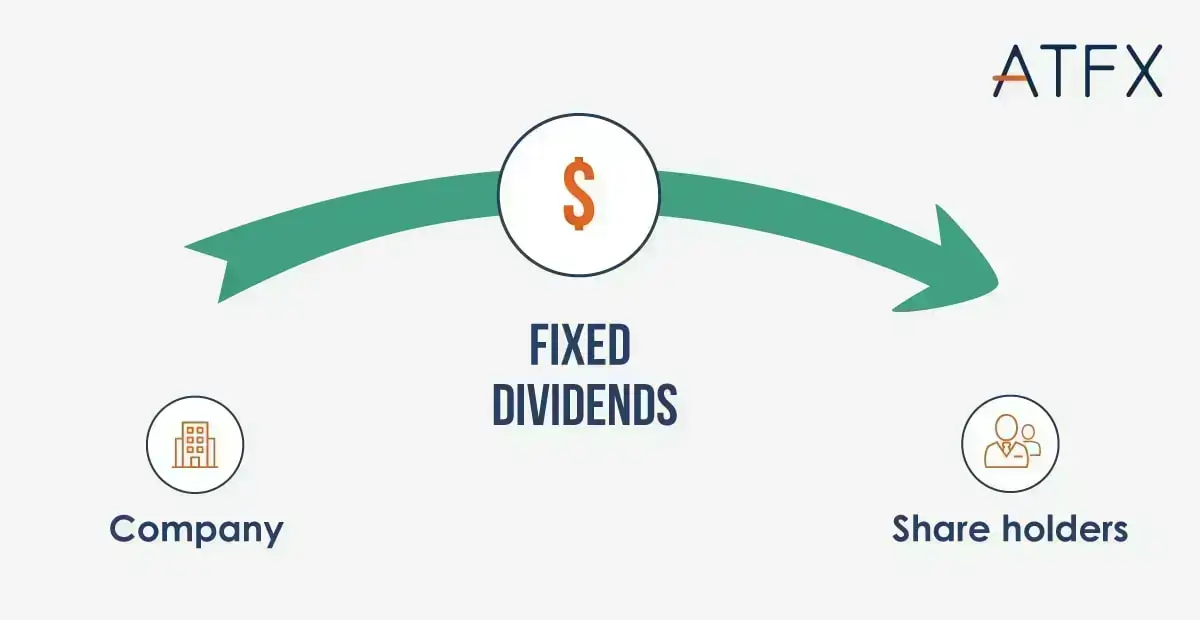
6. The Risks of Preference Shares
Investing in preference shares, like any other investment, comes with its own set of risks, which are important for potential investors to understand:
A. Interest Rate Risk:
The value of preference shares dividends may fluctuate with changes in market interest rates.
B. Company’s Financial Health:
Dividends depend on the issuing company’s financial performance and stability.
C. Limited Capital Appreciation:
Value growth potential is typically limited compared to common shares.
D. Call Risk:
Companies may buy back preference shares, possibly forcing reinvestment at lower returns.
E. Market Risk:
Prices may fluctuate due to market conditions and investor sentiment.
F. Liquidity Risk:
Preference shares are often less liquid than common shares, potentially making them harder to sell.
Real-Life Example & Figures
In 2007-2008, during the global financial crisis, many banks that had issued preference shares came under severe stress. Several of them had to suspend, cut down, or even stop paying dividends on their preference shares, affecting investors who relied on these dividends for income.
Learn to invest in stock market for beginners
7. Who Should Invest in Preference Shares?
Preference shares can be a suitable investment for different types of investors based on their financial goals and risk tolerance.
A. Income-Focused Investors:
The regular and fixed dividends from preference shares can appeal to those prioritising stable income over potential capital gains. This could include retirees or others who rely on their investments for regular income.
B. Risk-Averse Investors:
Preference shares can be a safer option than common shares due to their priority in dividends and liquidation. They can serve as a middle ground between the lower risk of bonds and the higher risk of common shares, but potentially higher return.
C. Diversified Portfolio Seekers:
For investors looking to diversify their portfolio, preference shares can provide an asset class that blends features of both equity and debt.
Real-Life Example & Figures
Consider the case of a retired person who relies on their investments for income. They might choose to invest in the preference shares of a stable, blue-chip company. For example, let’s assume they invest in the previously mentioned Duke Energy’s Series A preference shares with a 5.75% fixed dividend rate. If they invested $100,000, they would receive $5,750 in income annually. This predictable return could be an important aspect of their retirement income planning.
Learn how to find undervalued stocks in 4 easy steps
Explore Stock Trading with Us
Engage in stock trading with ATFX through the use of Contracts for Difference (CFDs). This allows you to speculate on both rising and falling market trends without owning the actual asset. These financial products provide you with leveraged exposure, which means you only need to deposit a fraction of the full trade value to open a position. you can test your strategies risk-free using our demo account, but you also have the option to open a live account when you’re ready.

